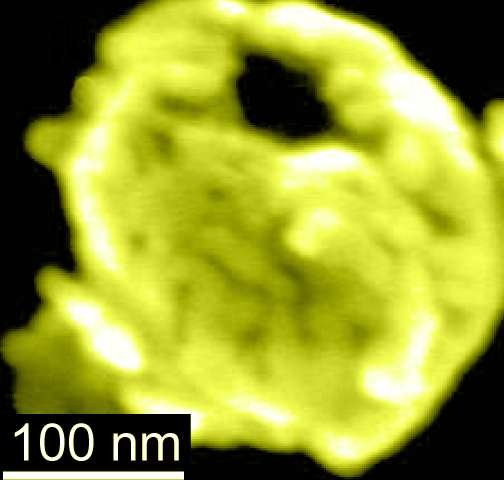Scientists from the University of California San Diego have developed a device to magnetically deliver into the body. The device delivers drugs to any disease in the body through of a small magnet. Nanobowls are filled with drug molecules and transfer them into particular tissues and organs. It can deliver drugs for various diseases including cancer tissue, small organs like pancreas and hard to access areas like the brain.
Scientist’s goal is to develop drug carriers that can direct to any part of the body. Then it holds them there until they deliver their payload and direct them away. This happens by using a small magnet.
Ratneshwar Lal, said, “More importantly, we want to direct these drug carriers through places in the body where drugs typically can’t pass, like the blood-brain barrier.” (Lal is the professor of bioengineering, mechanical engineering and materials science in the Jacobs School of Engineering at UC San Diego.)
Although, this technology offers a new method to diagnose Alzheimer’s disease and glioblastoma. Glioblastoma is the most destructive type of brain tumors.
Scientists created nanobowls in multistep combination. Primarily, they developed templates of spherical silica nanoparticles with partially exposed polystyrene cores. The silica nanoparticle coated with a layer of gold. It is smaller than the width of human hair. The polystyrene cores remained untouched and washed away through a natural solvent, leaves a cavity to create the nanobowl.
There are magnetic iron oxide nanoparticles fixed between silica and gold layers. Scientists then showed nanobowls could be moved around by a small magnet. They also reveal that it is capable of going inside normal and cancerous cells and could be used to detect the presence of low abundance molecules.

There are three major advantages of using nanobowls:
- Transport to specific locations using a small external magnetic field.
- The payload can be released on demand using a magnet, heat or light.
- The system can hold the payload in one place for a long time. Due to this, the local concentration of payload will increase where it is essential. Thus, it reduces drug side effects on other areas of the body.
Because of gold coating, nanobowls could be used for imaging. Researchers then show that molecules in extremely low concentrations were easily detected in nanobowls presence. This feature has applications in identifying disease markers earlier.
At the end, nanobowls taken inside by live cells. The researcher then produced nanobowls with both normal and cancerous prostate cell lines. Within two hours, the nanobowl detected inside cells.
Lal said, “This would enable us to control the release of drug payloads in our system.”
